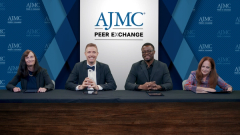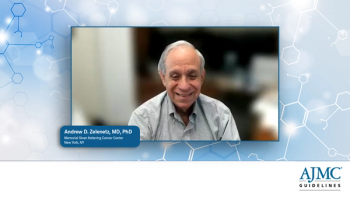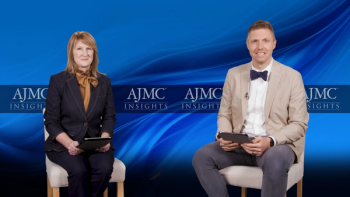
Identifying Critical Unmet Needs in IPF and PPF Treatment
Panelists discuss how antifibrotic therapies for idiopathic pulmonary fibrosis (IPF) and progressive pulmonary fibrosis (PPF) slow disease progression despite challenges with cost, tolerability, and limited symptom relief, emphasizing the importance of patient education and aligning treatment goals.
Episodes in this series

Current antifibrotic therapies have significantly advanced the treatment landscape for IPF and PPF, yet key limitations remain. Chief among these are cost, tolerability, and the lack of clear symptomatic improvement. While these drugs slow the decline in lung function, they often fail to address the symptoms most impactful to patients—such as persistent cough, shortness of breath, and fatigue. As a result, adherence can be compromised, particularly when patients do not perceive tangible benefits in their daily lives. Furthermore, the absence of reliable biomarkers hinders both individualized treatment planning and clearer prognostication.
Defining treatment success remains a challenge in the absence of immediate, measurable symptom relief. Unlike chronic conditions such as hypertension or diabetes, where objective markers like blood pressure or glucose can easily reflect treatment efficacy, the benefits of antifibrotic medications in pulmonary fibrosis are more subtle and long term. Preserving lung function, even by a modest volume annually, can have significant cumulative effects on a patient’s breathing capacity and survival. However, this requires patient education to understand that slowed progression—rather than reversal or immediate improvement—is the goal, and that stability itself is a meaningful outcome.
Ultimately, success in managing IPF and PPF is defined not only by slowing functional decline but also by aligning treatment with patients’ personal goals—whether it’s delaying transplant, maintaining independence, or living to witness family milestones. In the absence of curative options, preserving quality of life and extending survival through early intervention, multidisciplinary care, and consistent patient engagement remain the primary aims. The hope is that future therapies will better address both physiologic and symptomatic dimensions of the disease, providing a fuller sense of success for both clinicians and patients.
Newsletter
Stay ahead of policy, cost, and value—subscribe to AJMC for expert insights at the intersection of clinical care and health economics.












































